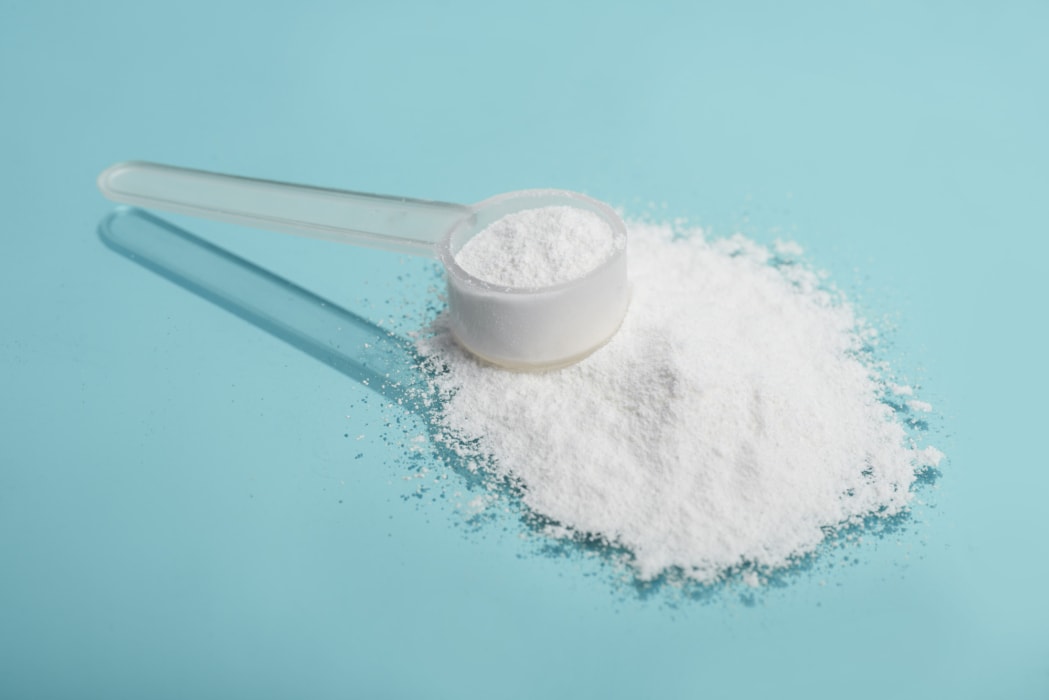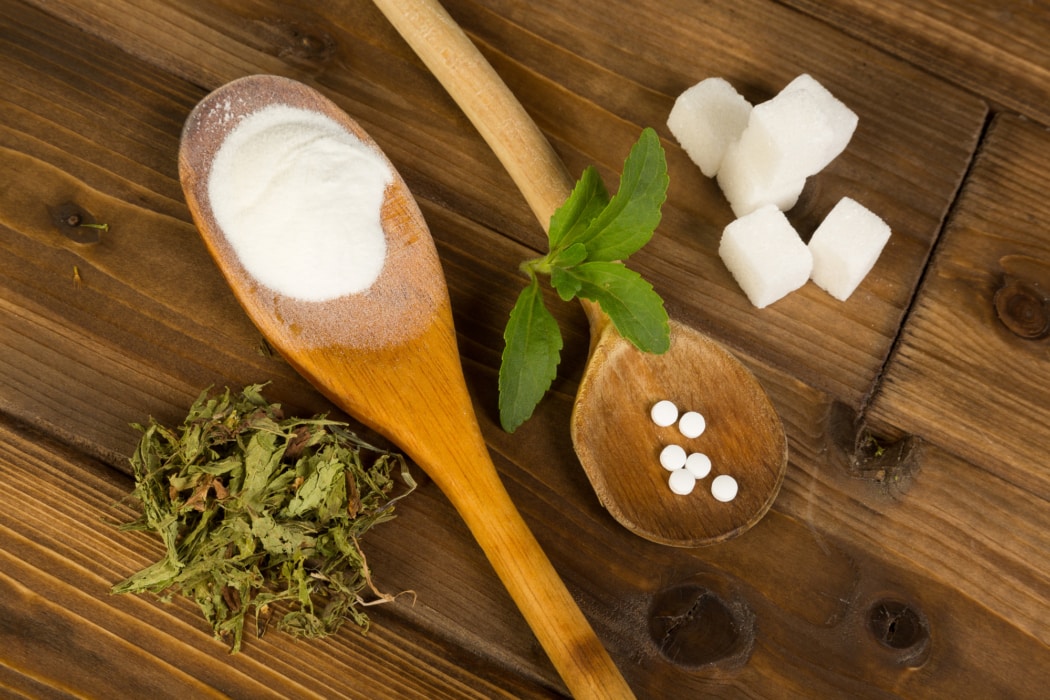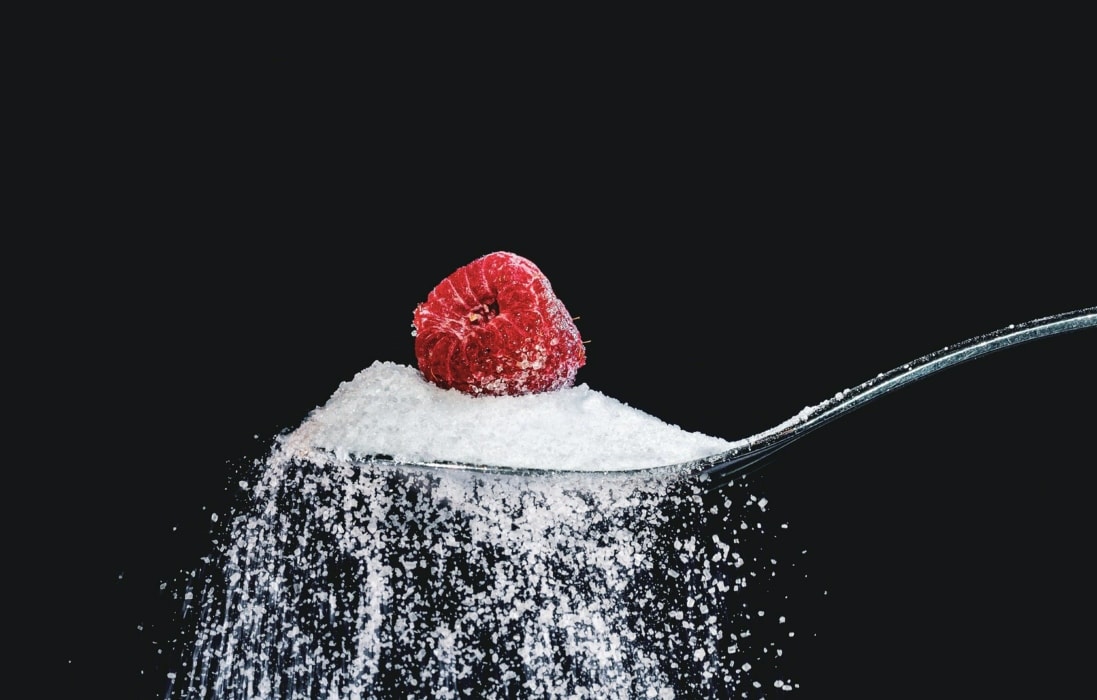Avoiding sugar is the hardest part of any diet if you’re used to eating high carbohydrate foods. The keto diet eliminates any sugars and carbs that can affect the insulin in your blood. In this case, you experience strong sugar cravings, which can threaten your low-carb diet.
However, using keto-friendly sweeteners can help your body deal with these cravings. Is maltodextrin one of them? Maltodextrin is a sweet-tasting, white or cream-colored powder that dissolves well in water and can sweeten or thicken various foods. Is maltodextrin keto-friendly?
Maltodextrin is not keto as it is converted to pure glucose during digestion and has a very high glycemic index. It means that it significantly raises your blood sugar levels and disrupts your ketosis, even in small amounts. Therefore, you should avoid maltodextrin if you are on a diet or have a metabolic disorder.

What is maltodextrin, and what elements does it consist of? Does it have any advantages or contraindications? Why is maltodextrin so popular with athletes, and why should you avoid it on keto? Let’s deal with all the details together. So, keep reading to find out more!
What is Maltodextrin?
Maltodextrin is a powdered substance resulting from the hydrolysis of potato, wheat, rice, or corn starch. The food industry uses it as a thickener, sweetener, moisture absorber, and emulsifier. Due to its ability to form a thick and light texture, it is used in the production of ice cream, pastries, low-fat yogurts, and various sauces, as well as in baby food.
In dietary nutrition, despite the high-calorie content, maltodextrin is used as a substitute for fat and a substance that promotes the mixing of ingredients. In addition, manufacturers use maltodextrin to restore the thickness and texture lost when fat is removed – which is important for yogurt and ice cream.
Maltodextrin is able to influence the intestinal microflora, inhibiting the growth of beneficial bacteria [1]. It can decrease immunity and worsen digestion. In addition, this substance contributes to the survival of Salmonella, which leads to a wide range of chronic inflammatory diseases [2].
However, studies showing the direct harm of maltodextrin involve the use of large doses of this substance. Therefore, dosages used in food are considered safe. An exception may be maltodextrin from wheat since it contains gluten.
Even though structurally, maltodextrin is a complex carbohydrate, it quickly breaks down into glucose molecules during digestion, dramatically increasing insulin production [3]. While this may be beneficial for athletes, it is extremely harmful to diabetics and those on a keto diet.

Is Maltodextrin Keto?
Formally, maltodextrin is a complex carbohydrate (representing a combination of many glucose molecules). However, during digestion, it almost instantly turns into a simple carbohydrate and increases insulin production.
The glycemic index of maltodextrin is 105-135. Therefore, it causes maltodextrin to rapidly increase blood sugar levels. It can harm your body if you have a metabolic disorder or are on a keto diet. Therefore, we can say that maltodextrin is not keto-friendly. In addition, maltodextrin can be made from wheat starch and contain gluten.
From the point of view of biochemistry, all carbohydrates are divided, depending on the composition of the molecule, into:
- monosaccharides (glucose, fructose) and their derivatives – oligosaccharides (disaccharides from two monosaccharide residues, for example, sucrose, as well as trisaccharides, etc.)
- polysaccharides (digestible – starch, glycogen; indigestible – fiber, inulin).
In everyday life, oligo- and polysaccharides are often combined with the term “complex carbohydrates,” and mono- and disaccharides with a sweet taste are often combined with the term “sugar.” Sometimes the term “complex carbohydrates” refers to combinations of carbohydrates with other substances or a mixture of different carbohydrates [4].
Therefore, maltodextrin is not a complex or simple carb – it is a mixture of carbs. The composition of maltodextrin can fluctuate significantly, as can its glycemic index. So, if it contains more mono- and disaccharides, the GI can be significantly higher than 100. If it contains more long oligosaccharides, the GI will be less than 100.
Foods containing maltodextrin may be labeled “no added sugar” – although they contain a substance with GI exceeding sugar and equal calorie content. Technically, calorie reduction is achieved by replacing fat (9 kcal per 1 g) with maltodextrin (4 kcal per 1 g). However, we cannot consider the benefits of such “low-calorie” foods for those who follow any low-carbohydrate diet.

How to Replace Maltodextrin on Keto?
You can replace maltodextrin with other healthy sweeteners when cooking while on a keto diet. Several options include natural or artificial sweeteners. I recommend that you choose only natural sweeteners if you have the option. These include:
Stevia
Stevia is a natural sweetener derived from the plant’s leaves of the same name. Its petals contain about a hundred different phytochemicals that give the plant a sweet taste and bring various benefits to your body. For example, some elements in the composition of stevia have a unique property – they significantly reduce blood sugar levels. It has 0 calories and 0 carbs and doesn’t affect your insulin or blood sugar levels or harm your teeth. Some people don’t like its aftertaste, so you can mix stevia with monk fruit or erythritol powder for better taste.
Erythritol
Erythritol is a natural sweetener that belongs to the group of sugar alcohols. It also does not affect blood sugar levels and has zero calories and carbs. Erythritol is the only natural sugar substitute produced by natural fermentation. It has a 70% sweetness level as regular sugar and the same structure. Therefore, it is excellent for baking and preparing various sweet drinks. However, Erythritol has a slightly cool aftertaste that may not appeal to everyone.
Monk Fruit
Monk fruit is a natural sweetener made from dried tropical fruit. It is 150-200 times sweeter than sugar and has a delicate caramel flavor. It contains antioxidants and vitamin C and speeds up fat-burning without stimulating insulin production. Monk fruit is perfect for making various no-bake desserts such as jellies, puddings, mousses, and creams. It dissolves very quickly without changing the structure of the dish. This sweetener is often sold mixed with other natural or artificial sweeteners. However, not all of them are zero carbs and keep your blood sugar levels high, so be careful when reading labels.
These are the three most natural sweeteners for the keto diet. You will often find ready-made mixes containing two or three sweeteners in one package. Such blends perfectly eliminate the shortcomings of each sweetener, allowing you to get a versatile product suitable for any purpose.

Maltodextrin and Sports Nutrition
The sports nutrition industry offers maltodextrin as a weight gain product. Taken after a heavy workout, it is a good source of glucose and helps to quickly restore the glycogen used up during exercise [5].
In sports nutrition, maltodextrin is found as a separate supplement, acting as a source of concentrated carbs or as an additional substance that is part of certain sports supplements. Basically, it is part of the products from the line for gaining muscle mass, in particular gainers, as it is a source of fast calories.
Maltodextrin has a high-calorie content, while its breakdown rate is relatively low. Therefore, it allows maintaining a normal level of glucose in the athlete’s blood for a long period while preventing a sharp increase in blood glucose levels and therefore preventing the deposition of fat [6].
Maltodextrin taken after exercise is a good source of glucose and helps restore muscle and liver glycogen stores used up during exercise. In addition, it does not need as much water to digest as some other carbs, so it allows you to get quick calories without the risk of dehydration. Some research also suggests that taking maltodextrin may help maintain anaerobic energy during exercise.
Several tests and studies were carried out with maltodextrin. As a result, the scientific community officially approved it as a substance that contributes to the rapid and effective replenishment of strength and energy of athletes.

Conclusion
Maltodextrin is a polysaccharide that converts to glucose when digested. It is widely used in the food, pharmaceutical, and sports industries. It acts as a texture and taste enhancer and a source of additional calories and glucose.
Remember that maltodextrin is a fast carb, so it is not good for a keto diet, even in small amounts. Due to its sweet taste, it is often used instead of sugar and fructose, supporting a “sugar-free” label on different foods. However, maltodextrin, like fructose and sugar, raises the glucose concentration in the blood, boosting your insulin levels. It is fairly safe for any healthy person with stable metabolism. Still, it can worsen the health of people whose blood sugar levels exceed the healthy norm.
Sources:
- Nickerson KP, McDonald C (2012) Crohn’s Disease-Associated Adherent-Invasive Escherichia coliAdhesion Is Enhanced by Exposure to the Ubiquitous Dietary Polysaccharide Maltodextrin. PLOS ONE 7(12): e52132. https://doi.org/10.1371/journal.pone.0052132
- Nickerson, K. P., Homer, C. R., Kessler, S. P., Dixon, L. J., Kabi, A., Gordon, I. O., Johnson, E. E., de la Motte, C. A., & McDonald, C. (2014). The dietary polysaccharide maltodextrin promotes Salmonella survival and mucosal colonization in mice. PloS one, 9(7), e101789. https://doi.org/10.1371/journal.pone.0101789
- Hofman, D. L., van Buul, V. J., & Brouns, F. J. (2016). Nutrition, Health, and Regulatory Aspects of Digestible Maltodextrins. Critical reviews in food science and nutrition, 56(12), 2091–2100. https://doi.org/10.1080/10408398.2014.940415
- Kendig, M. D., Lin, C. S., Beilharz, J. E., Rooney, K. B., & Boakes, R. A. (2014). Maltodextrin can produce similar metabolic and cognitive effects to those of sucrose in the rat. Appetite, 77, 1–12. https://doi.org/10.1016/j.appet.2014.02.011
- Wilburn, D. T., Machek, S. B., Cardaci, T. D., Hwang, P. S., & Willoughby, D. S. (2020). Acute Maltodextrin Supplementation During Resistance Exercise. Journal of sports science & medicine, 19(2), 282–288. https://www.ncbi.nlm.nih.gov/pmc/articles/PMC7196753/
- Podlogar, T., & Wallis, G. A. (2020). Impact of Post-Exercise Fructose-Maltodextrin Ingestion on Subsequent Endurance Performance. Frontiers in nutrition, 7, 82. https://doi.org/10.3389/fnut.2020.00082